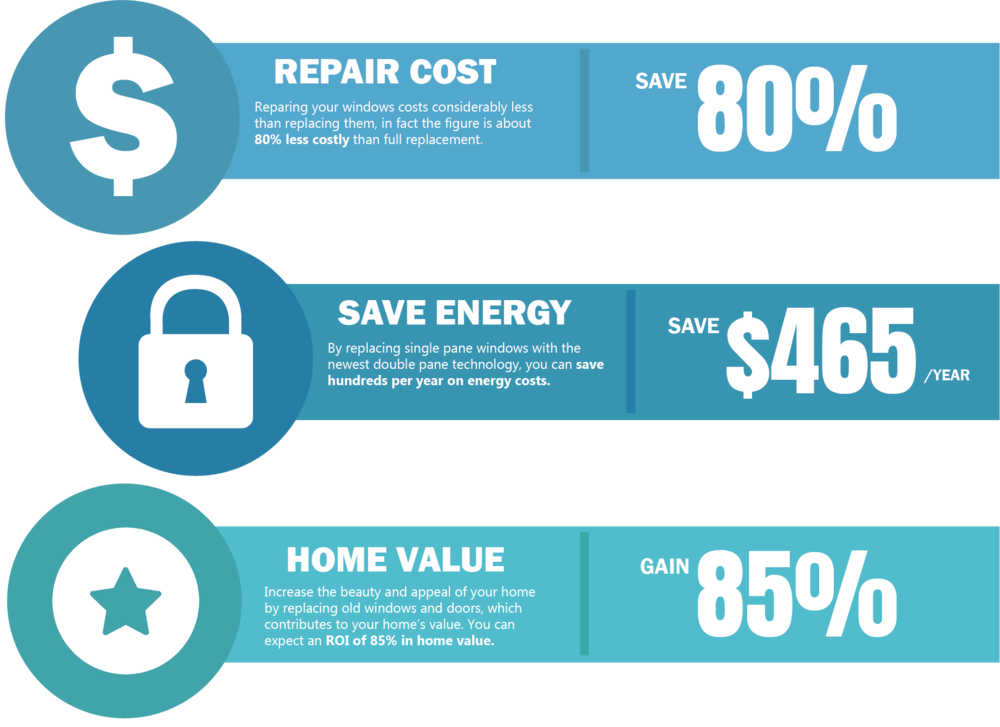The Most Effective Stress Washing Techniques For Different Surfaces
The Most Effective Stress Washing Techniques For Different Surfaces
Blog Article
Posted By-Bryant Hodges
When it comes to press cleaning, the technique you pick can make all the difference in attaining a tidy, streak-free finish. You might locate that hard surface areas, like concrete, require a different method than softer materials, such as wood or plastic. It's necessary to adjust your techniques to the surface area type to avoid damages while optimizing cleansing performance. So, what are the most effective strategies for each surface area, and how can you ensure you're using the appropriate setups and tools for the task? Allow's explore what you need to understand to obtain the very best outcomes.
Difficult Surfaces
When it comes to pressure cleaning difficult surface areas, preparation is key. Before you also think of taking out the pressure washing machine, take the time to remove the location of any kind of particles, furnishings, or barriers. You don't desire anything entering your means or potentially destructive your equipment.
Next off, inspect the surface area for any fractures or damage; this will assist you identify the best technique and stress settings.
As soon as you've prepared the area, it's essential to pick the right nozzle. For difficult surfaces like concrete or brick, a slim nozzle (15 or 25 levels) functions best to provide a focused stream of water that can effectively remove gunk and stains. Always begin at a distance and gradually move more detailed to stay clear of any kind of surface damages.
As you begin washing, maintain the stick moving to stop streaks and over-saturation. It's additionally practical to function from the top down, allowing dust and particles to remove naturally.
Finally, bear in mind to rinse the surface completely after cleaning to get rid of any kind of leftover cleaning agent. With these methods, you'll achieve a tidy and rejuvenated appearance on all your hard surfaces.
Soft Surfaces
Stress cleaning soft surfaces calls for a gentler strategy to shield them from damages. Whether you're cleaning your deck, patio furniture, or siding, making use of excessive pressure can cause dents, scratches, and even irreparable damage.
Begin by choosing a low-pressure nozzle, ideally a 25-degree or larger spray pattern, to spread the water extra carefully.
Prior to you begin, it's essential to pre-treat any discolorations with an ideal cleaning option. This step allows the cleaner to pass through the dust and grime, making it less complicated to wash away without scrubbing too hard.
Constantly use the service from all-time low as much as prevent spotting.
When you begin stress cleaning, maintain a distance of a minimum of 12 to 18 inches from the surface area. Relocate your wand in a sweeping motion, maintaining it alongside the surface to avoid focused pressure on one spot.
Wash the location completely after cleaning to get rid of any type of residual cleanser.
Finally, check the surface for any missed out on spots and repeat the process if needed. By professional window cleaner to these actions, you can successfully tidy soft surface areas while maintaining their stability and look.
Specialty Surfaces
Cleaning soft surfaces requires care, but specialized surfaces demand a lot more attention to detail. When you tackle these surfaces, like fragile timber, stained concrete, or particular kinds of house siding, utilizing the ideal pressure cleaning techniques is vital to prevent damages.
First, evaluate the material. For example, treated timber can usually hold up against moderate pressure, however softer woods like cedar might need a reduced setting. Constantly begin with the lowest pressure and progressively increase if necessary.
For tarnished concrete, make use of a fan spray nozzle and preserve a regular range to prevent etching the surface.
When taking care of surfaces like vinyl siding or painted surfaces, a vast spray pattern helps disperse the stress equally, shielding the surface.
It's additionally wise to use detergents especially made for specialized surface areas. They can enhance cleansing without jeopardizing the material.
Wash thoroughly after washing to remove any type of residue, as it can result in staining or damage over time.
https://www.express.co.uk/life-style/garden/1611329/How-to-clean-garden-furniture-mould-baking-soda-vinegar-evg
In conclusion, grasping stress washing methods for various surfaces can make all the difference in your cleansing outcomes. For tough surface areas, adhere to slim nozzles and a top-to-bottom method, while soft surfaces need a gentler touch with bigger nozzles. Do not forget to pre-treat stains and wash completely to avoid deposit. By adjusting your methods per material, you'll not just attain a cleaner finish yet also shield the stability of your surfaces. Happy cleaning!
